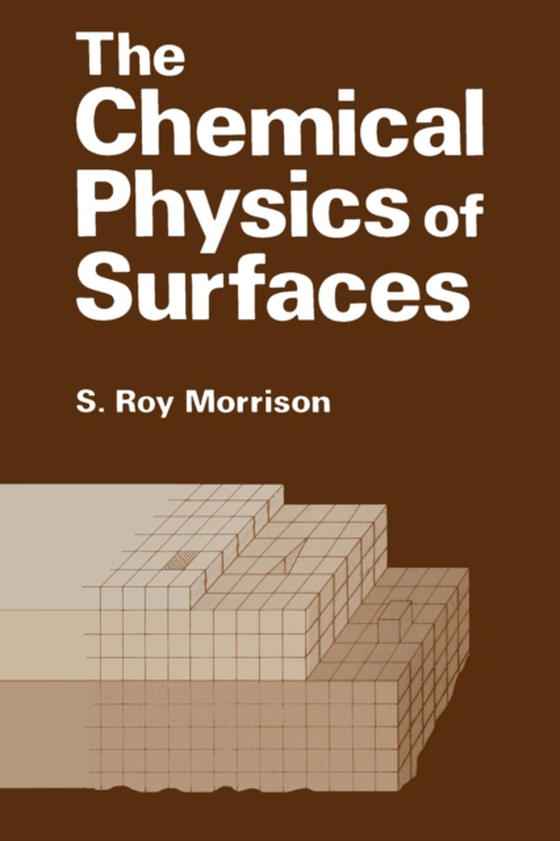
Chemical Physics of Surfaces e-bog
1185,51 DKK
(ekskl. moms 948,41 DKK)
* At the present stage of development of surface science, there has seemed to be a need for a book-length review spanning the disciplines of surface physics and surface chemistry-a review to summarize and show the con- nection between the observations from each discipline. The various results and theories, derived on the one hand from studies of the physical, electronic, and optical properties ...
E-bog
1185,51 DKK
Forlag
Springer
Udgivet
6 december 2012
Genrer
Atomic and molecular physics
Sprog
English
Format
pdf
Beskyttelse
LCP
ISBN
9781461580072
* At the present stage of development of surface science, there has seemed to be a need for a book-length review spanning the disciplines of surface physics and surface chemistry-a review to summarize and show the con- nection between the observations from each discipline. The various results and theories, derived on the one hand from studies of the physical, electronic, and optical properties of surfaces and on the other hand from studies of the chemical activity of surfaces, supplement each other in the search for a realistic model of the surface. The improved understanding possible with such an interdisciplinary approach has been confirmed by recent develop- ments which cannot be classified as either surface chemistry or surface physics. Specifically, recent new experimental techniques and quantum mechanical models have provided a much more accurate picture of the nature of the electronic energy levels (bonding orbitals) present at a solid surface. With this more accurate picture we are now able to reconcile the various chemical and physical models that appeared in the early literature on surfaces. The objective of this work has therefore been to describe the results and current models of surface science spanning a broad gray area between surface physics and surface chemistry with some overlap into each of these disciplines. Relevant aspects of surface chemistry are discussed; we cover chemical interactions where bonding and electronic properties dominate, but stop short of specialized topics such as surfactants or liquid/liquid interfaces.
 Dansk
Dansk

